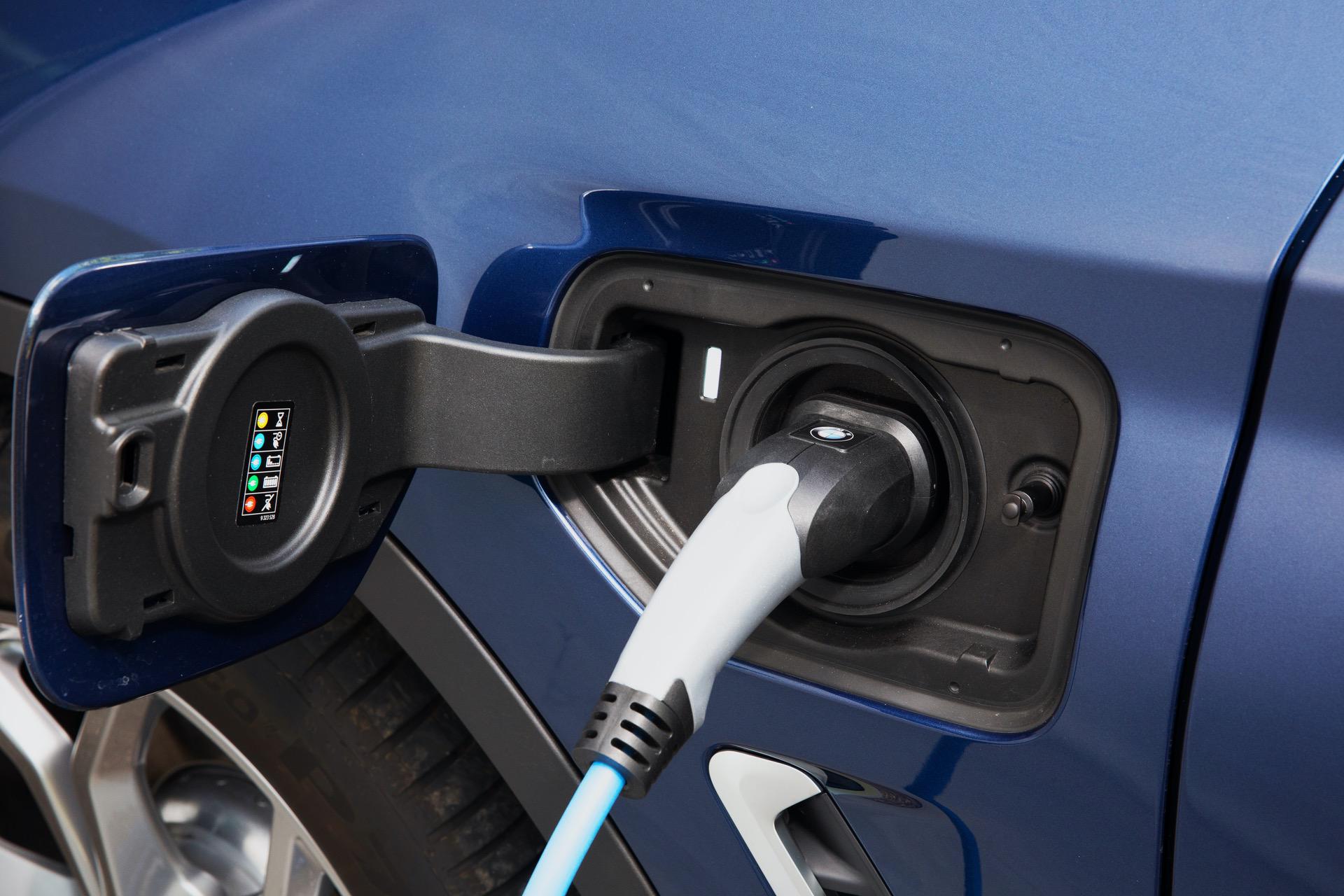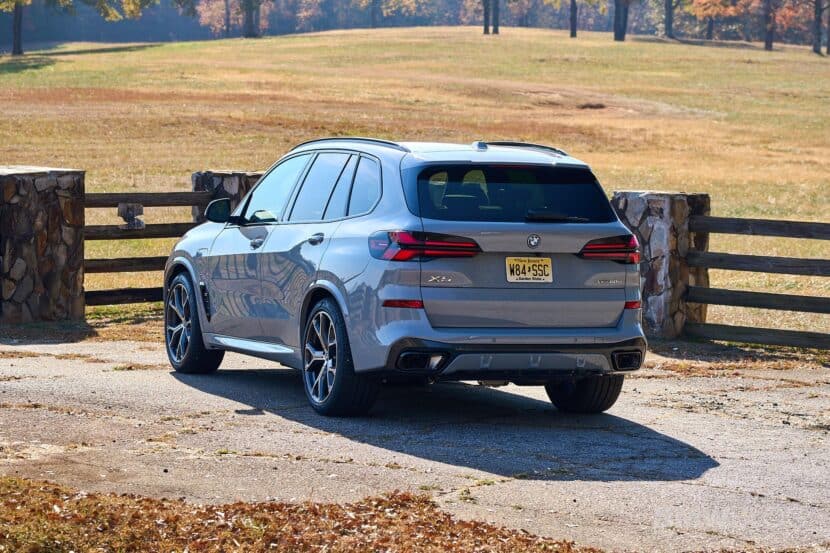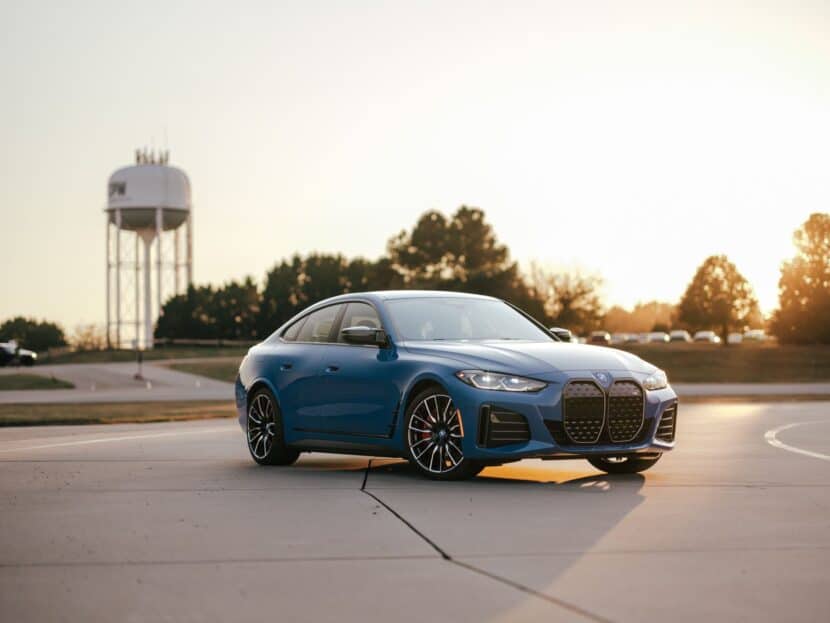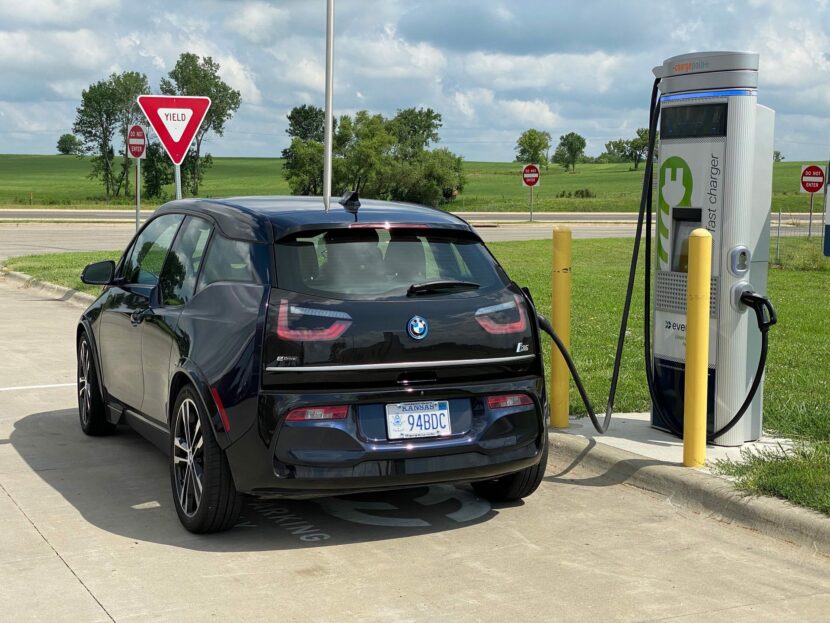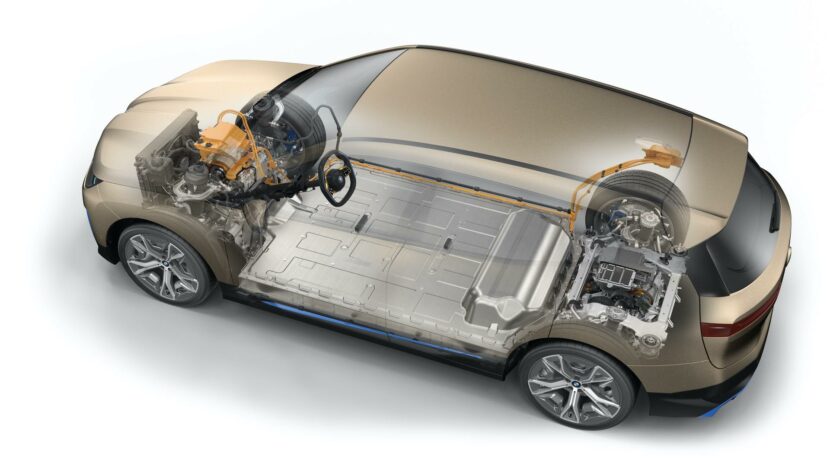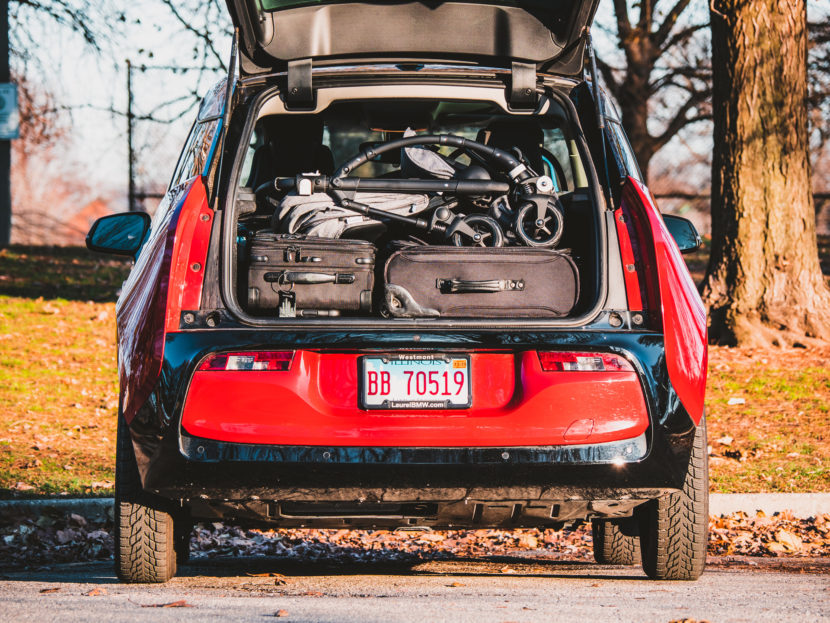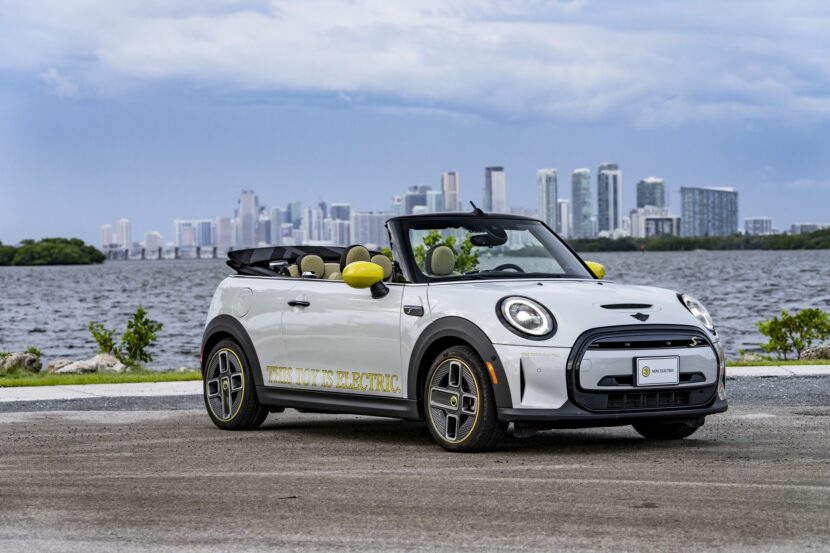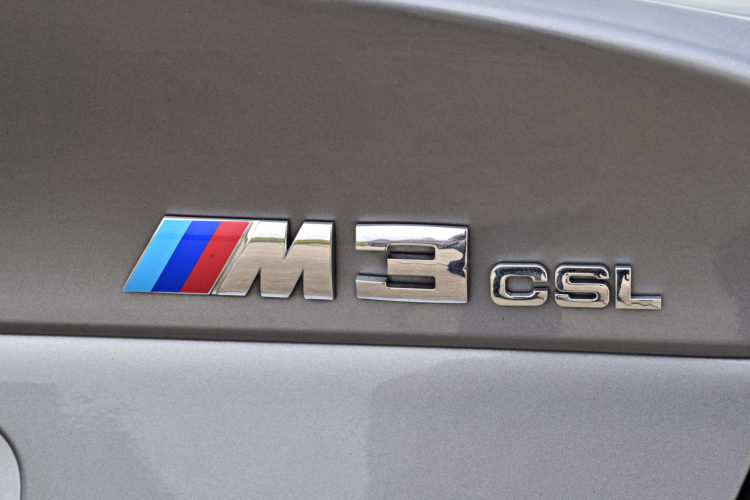BMW offers a wide selection of plug-in hybrids and full electric vehicles these days, but unless you take the time to understand the technical side of things and functional differences between the two types of powertrains, choosing one over the other may prove challenging. They both have their merits and drawbacks and figuring out which one is better for your specific needs is a decision that needs more careful consideration than any previous car purchase.
Before electric and electrified powertrains became available, you usually didn’t have to choose what powered your vehicle. Sure, some manufacturers offered diesel, LPG, or CNG as alternatives, but none of these power sources required a fundamental rethinking of how you’re going to use a vehicle, as well as how, when, and where you’re going to fill it up.
Today, when you want to buy a new car from an established automaker, like BMW, which offers conventional internal combustion engine cars but also the two types of plug-in (often as powertrain choices for a single model you might be interested in), making a decision can be challenging. You can just go for conventional ICE if you want the classic car ownership experience that you’re used to.
Who Are Plug-In Hybrids For?
If you’re interested in electrification and want a car that can run on electrons, yet you don’t want to commit to buying a full EV as that would entail changing many of your habits, a plug-in hybrid seems like a great way to go. In the US, BMW offers the 330e, 750e, X5 xDrive50e, and XM as PHEVs, but in Europe, you can also pick the 225e and 230e xDrive models, as well as plug-in variants of the 5 Series, X1, and X3.
All but the X5 and 750e rely on a four-cylinder turbocharged engine as the main source of power, while the aforementioned two have a six-pot since they are larger, more powerful, and more luxurious offerings. They have battery packs ranging in size from 12 kWh in the 330e (which has a real-world electric range of around 40 km or 25 miles) to 25.7 kWh in the X5 xDrive50e (which should provide around 64 km or 40 miles of range on a full charge).
Some plug-in hybrids have fast-charging capabilities, but most don’t. BMW’s PHEVs don’t charge any quicker than 7.4 kW (most top out at 3.6 kW), which means you will have to wait many hours for one of these vehicles to fully charge from flat. This means the ideal owner of any of the current crop of BMW PHEVs would have to have a home charging solution and top up the vehicle’s battery every day to take full advantage of the benefits.
If you have the option and are willing to plug it in every day, a PHEV will serve you very well, as it will be able to provide plenty of almost emissions-free driving. As mentioned above, these vehicles can provide enough range for most people’s daily commutes, and for those with short commutes and the ability to charge at home, the PHEV’s internal combustion engine may not even start at all.
Mind you, even if you use a plug-in hybrid as a full EV, you won’t need the extra range and power of the combustion engine; the latter still needs to start from time to time and cycle the old gasoline through the system (since the fuel ages, it loses its properties, and it needs to be burned). Combustion engines need to be started up and kept running regularly to preserve their health long-term, so even if you are diligent with charging, your PHEV will have to sometimes burn fuel.
PHEVs are excellent for a relatively small percentage of buyers, but for those who fit the profile and commit to the PHEV lifestyle, such a vehicle will become the only car they need. They can mostly drive on electricity for their daily urban commute, yet they don’t suffer from range anxiety knowing they have the safety net of the combustion engine acting as a generator to top up the battery while also serving as the main source of power for long journeys.
EVs Make More Sense for More People
Compared to plug-in hybrids, electric vehicles don’t have a combustion engine (unless they are range extenders like the BMW i3 REx), so there is no other way to put electrons back into their batteries other than plugging them in to charge. That shouldn’t be a big problem, though, since most modern EVs have impressive fast-charging capabilities, and many can bring their state of charge from 20 to 80 percent in around half an hour; the best will do it in under 20 minutes if you find a quick enough DC charger.
Charging infrastructure
This is EVs’ main problem, though. Since fuel stations are of no use to EV owners anymore, they are forced to either install home charging, which for many simply isn’t an option, or rely on the public charging infrastructure. This might be fine if you live in Germany, the Netherlands, Norway, California, some metro areas in China, or other developed areas where fast chargers are plentiful and reliable, but many parts of the world just aren’t ready for EV adoption and have inadequate charging infrastructures.
Fans of electrification living in these less developed areas will be better off buying a plug-in hybrid, as it will allow them to enjoy silent electric running, yet they won’t be left stranded if the only local charger is offline. If you do live in an area that provides good charging options, though, you will make the most of pure EV ownership.
Battery size and charging time
EVs have big battery packs, some with capacities of over 100 kWh, and this allows them to match PHEV range ratings (which you calculate by adding up the electric and combustion range numbers). Charging an electric model won’t take any more time than charging a PHEV, because EVs have DC fast-charging capabilities that enable them to add a lot more juice into their battery packs far quicker than any PHEV could.
This means that even if you have a much bigger battery to charge in an EV, you can charge it at a much quicker rate, so the time you spend charging is comparable.
Another advantage of owning an EV is that you won’t have to charge it every day. If you don’t drive that many miles, a week or more may pass before your EV needs a top-up. You usually won’t have to charge your EV from flat, and between this and the fact that charging rates are quite quick, you won’t spend as much time waiting for it to charge as you might think from the perspective of an ICE vehicle owner.
Road trip capabilities
Modern big-battery EVs are excellent road trip vehicles too. You do have to watch your driving style more than you would in an ICE car on longer journeys. If you don’t plan ahead or drive quicker, you might find yourself in between chargers with not enough juice to reach them.
Fast-charging locations are abundant along major routes in areas where EVs are now common, so making planning a road trip in an EV much simpler than you might think. Modern electric models are so good that if you drive with a light right foot, you will be able to extract several hundred miles out of a battery, often negating the need to stop and charge along the way.
BMW electric vehicle lineup
BMW has a very wide (and growing) range of fully electric models, starting with the MINI Cooper SE as the most affordable and lowest-range offering. It also offers battery-electric versions of its 4 Series, 5 Series, 7 Series, and X3, and it even offers a bespoke EV that isn’t built on ICE car underpinnings, the iX. The manufacturer’s longest-range offerings are the iX and the i7, thanks to their huge battery packs that allow for ranges of over 480 km or 300 miles on one charge.
Simplicity and maintenance
EVs are also much simpler than PHEVs since they don’t have to blend power coming from two different sources. They also require less maintenance than PHEVs, and the ownership experience is much simpler once you’ve become accustomed to going to a charging station as opposed to one that sells liquid fuel.
Even though EVs are heavier than comparable ICE vehicles, mainly due to their heavy battery packs, which in some smaller models can account for up to a third of the weight of the vehicle, they are very quick in a straight line. If you own an EV, even a low-power one, you’ll still find it surprisingly easy to have the quickest-sprinting vehicle for sprinting away from the lights.
The extra weight doesn’t make EVs especially good at handling a twisty road or having to brake suddenly at high speed while avoiding an obstacle. However, the power density of EV batteries is going up, so they will need to be physically smaller and thus weigh less in EVs debuting by the middle of the decade.
Battery technology advancements
BMW says that the sixth generation of its eDrive electric powertrains will feature battery cells that are 20 percent more energy-dense, which should make the pack lighter and improve the vehicle’s efficiency by up to 30 percent. This is the kind of incremental improvement that manufacturers are making to existing battery technology, but once solid-state batteries become commercially viable, this will dramatically accelerate the shift to fully electric vehicles, and the disappearance of new ICE and PHEV vehicles.
Right now, though, PHEVs might still be the perfect solution for some specific types of car buyers. EVs already have so many advantages, though, and they have become so good that charging capacity and range (anxiety) are nowhere near as big issues as they were even a few years ago.


